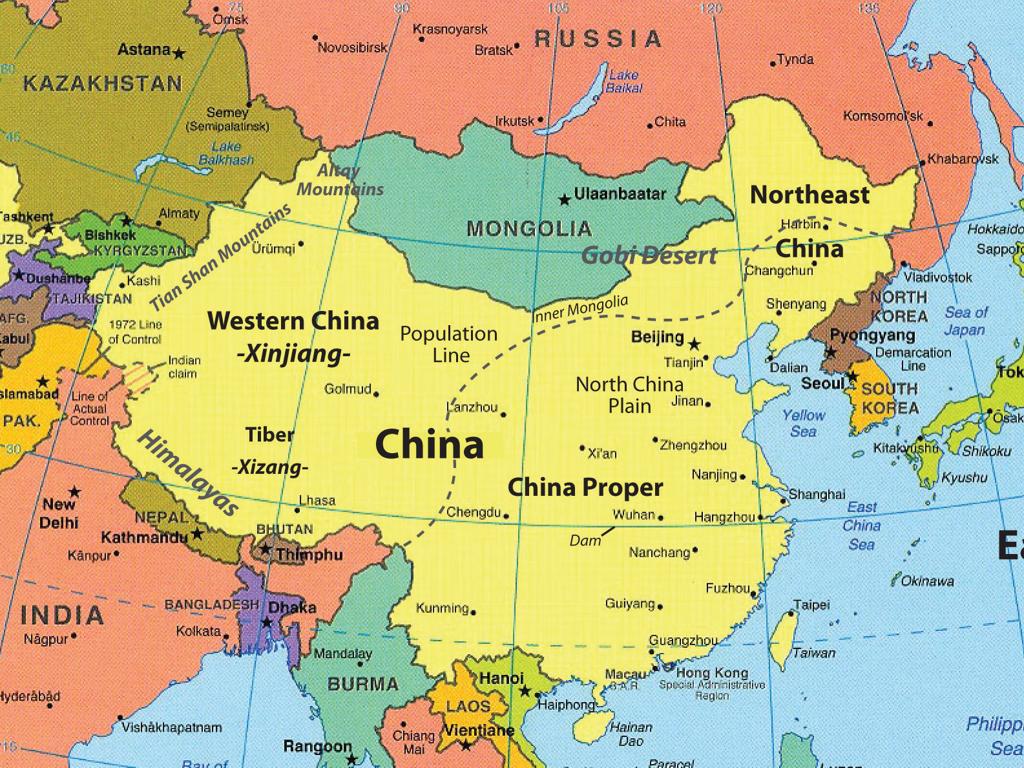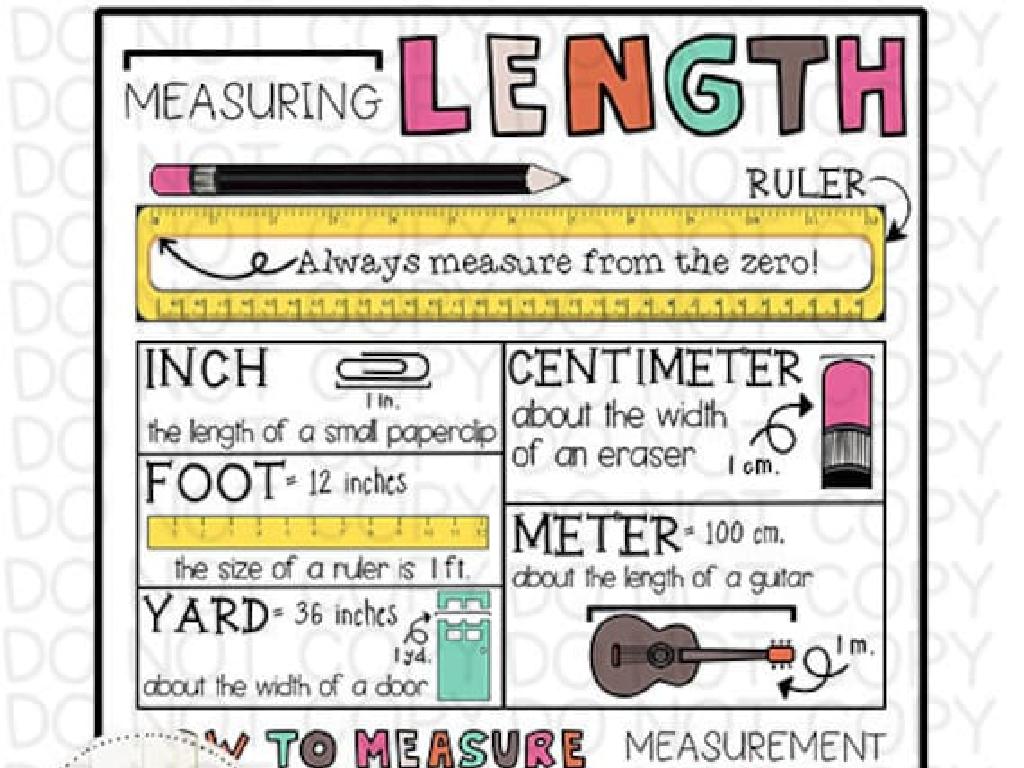Period 4: 1800-1848
Subject: Arts and humanities
Grade: High school
Topic: Ap /College Us History
Please LOG IN to download the presentation. Access is available to registered users only.
View More Content
Introduction to Period 4: 1800-1848
– Transformative years in US history
– A period of rapid growth and change for the US.
– Expansion, Innovation, and Reform
– Expansion westward, technological advancements, and movements for social reform.
– Context of the era
– Political, social, and economic factors shaping the period.
– Impact on modern America
– How the events and developments of this time influence contemporary society.
|
This slide introduces students to Period 4 in US history, a time of significant transformation. The period saw the United States expand its territory westward, experience a surge in technological innovation, and witness various social reform movements. It’s crucial to provide students with an understanding of the political, social, and economic context of the era to grasp the complexities of this transformative period. Discuss the Louisiana Purchase, the Industrial Revolution, and the rise of movements like abolitionism and women’s suffrage. Highlight the lasting impact of these years on modern American society, setting the stage for a deeper exploration of the events that shaped the nation’s trajectory.
The Age of Jefferson: Expanding Visions of America
– Jefferson’s Presidency and Ideals
– Advocated for limited government and individual rights
– The Louisiana Purchase Expansion
– Doubled US territory, opened West for exploration and settlement
– Jeffersonian Democracy
– Emphasized agrarianism, education, and states’ rights
– Influence on American Politics
– Shaped political landscape, party system, and public education
|
This slide delves into the era of Thomas Jefferson, the third President of the United States, focusing on his presidency, the transformative Louisiana Purchase, and the political philosophy known as Jeffersonian Democracy. Jefferson’s tenure was marked by a commitment to limited federal government and the protection of individual liberties. The Louisiana Purchase in 1803 significantly expanded the nation’s territory and had profound implications for American expansion, economy, and Native American relations. Jeffersonian Democracy laid the groundwork for the Democratic-Republican Party, emphasizing the importance of an agrarian society, education for all, and the rights of states over the federal government. This period was instrumental in shaping the political landscape of the United States, influencing the two-party system and the concept of public education.
War of 1812: Impact on America
– Causes of the War of 1812
– Tensions with Britain, maritime rights, and frontier pressures
– Key battles and their outcomes
– Battles: Fort McHenry, Battle of New Orleans; outcomes shaped national pride
– War’s effects on society
– Increased national unity and American identity
– War’s influence on the economy
– Stimulated manufacturing and economic independence from Europe
|
This slide aims to provide an overview of the War of 1812 and its significance in American history. Discuss the complex causes of the war, including trade restrictions imposed by Britain, impressment of American sailors, and the desire for expansion into Native American territories. Highlight key battles such as the defense of Fort McHenry, which inspired the ‘Star-Spangled Banner,’ and the Battle of New Orleans, which boosted Andrew Jackson’s popularity. Explore the social effects, including a surge in patriotism and the emergence of an American identity. Lastly, address the economic impact, noting how the war disrupted trade with Britain and led to a boost in domestic manufacturing, laying the groundwork for economic independence. Encourage students to consider how these events set the stage for America’s future development.
Economic and Technological Changes: 1800-1848
– The American Industrial Revolution
– Transition from hand production to machines and factory growth
– Key inventions: steamboats, cotton gin
– Steamboats improved transportation, cotton gin increased cotton production
– Infrastructure boom: roads, canals, railroads
– Facilitated trade and westward expansion
– Impact on society and economy
– Led to urbanization and changes in labor systems
|
This slide aims to highlight the significant economic and technological advancements during the period of 1800-1848 in American history. The Industrial Revolution marked a shift to powered, special-purpose machinery, factories, and mass production. The steamboat revolutionized water travel, while the cotton gin vastly increased the efficiency of cotton harvesting. Infrastructure developments like roads, canals, and railroads were crucial for trade and westward expansion. These changes had profound effects on the social fabric and economic landscape of the nation, leading to urbanization and new labor systems, including the rise of factory jobs and changes in agriculture. Discuss the broader implications of these changes on society, such as the increase in sectional tensions between the North and South over issues like slavery, which were exacerbated by these economic differences.
The Era of Good Feelings and Sectionalism
– President James Monroe’s role
– Fostered a sense of national unity and purpose
– The Missouri Compromise impact
– Attempted to balance power between free and slave states
– Sectional tensions increase
– Disputes over slavery and power distribution intensified
– The Monroe Doctrine in foreign policy
– Asserted U.S. opposition to European colonialism in the Americas
|
This slide delves into the period known as the Era of Good Feelings, marked by President James Monroe’s efforts to promote national unity in the aftermath of the War of 1812. However, this era also saw the rise of sectionalism, particularly with the Missouri Compromise in 1820, which tried to maintain a balance between free and slave states but ultimately sowed the seeds for future conflicts. The slide also touches on the Monroe Doctrine, a cornerstone of American foreign policy, which declared the Western Hemisphere off-limits to new European colonization and showed the growing assertiveness of the United States on the global stage. Students should understand the complexities of this era, including the interplay between domestic policies and international relations, and how these historical events set the stage for the Civil War.
Reform Movements: 1800-1848
– Social reforms emerge
– Abolition, women’s rights, education reform
– Key figures in reform
– Frederick Douglass, Elizabeth Cady Stanton
– Societal impact of reforms
– Shifts in societal norms and policies
– Women’s rights movement
– Seneca Falls Convention, 1848
|
This slide delves into the various reform movements that took place during the period of 1800-1848, highlighting the push for social change in areas such as abolition of slavery, women’s rights, and education. It’s crucial to discuss the influential figures like Frederick Douglass, who fought tirelessly for the abolition of slavery, and Elizabeth Cady Stanton, a leader in the women’s rights movement. The impact of these movements on society was profound, leading to significant shifts in societal norms and policies. The women’s rights movement, in particular, culminated in the Seneca Falls Convention of 1848, which was a pivotal moment in the fight for women’s suffrage. Encourage students to reflect on the long-term effects of these reforms and how they paved the way for future social justice initiatives.
Manifest Destiny: Expansion of the U.S.
– Origin of Manifest Destiny
– Coined in 1845, it embodied the belief that U.S. expansion was justified and inevitable.
– Expansion & Native American conflicts
– As settlers moved westward, they encountered resistance from indigenous tribes, leading to numerous conflicts.
– Texas annexation significance
– The 1845 annexation of Texas, previously a Mexican territory, heightened tensions with Mexico.
– Impact of the Mexican-American War
– The 1846-1848 war resulted in the U.S. acquiring territories that would become states like California and New Mexico.
|
This slide delves into the concept of Manifest Destiny, a term coined by journalist John O’Sullivan in 1845, which became a rallying cry for westward expansion in the United States. It explores the impact of this ideology on the territorial expansion of the nation, including the displacement and conflict with Native American tribes. The annexation of Texas, which had declared independence from Mexico in 1836, and the subsequent Mexican-American War are pivotal events that resulted in significant territorial gains for the United States. Discuss the Treaty of Guadalupe Hidalgo and its consequences, including the acquisition of land that would become key southwestern states. Encourage students to consider the ethical implications of Manifest Destiny and its effects on different populations.
Class Activity: Debating the Past
– Divide into historical perspective groups
– Debate key issues from 1800-1848
– Focus on The Louisiana Purchase, The War of 1812, or Manifest Destiny
– Reflect on the debates’ impact today
– How do these events influence modern America?
– Understand historical viewpoints
– Grasp the era’s diverse political and social opinions
|
This activity aims to engage students in a dynamic understanding of historical events by embodying the perspectives of people from the era of 1800-1848. By dividing the class into groups, students will research and represent different viewpoints on significant issues such as The Louisiana Purchase, The War of 1812, or Manifest Destiny. The debate format encourages critical thinking and allows students to explore the complexity of historical narratives. After the debates, guide students to connect the past with the present by discussing how these historical events have shaped contemporary American society and politics. This reflection will help students appreciate the long-term effects of historical decisions and conflicts.






